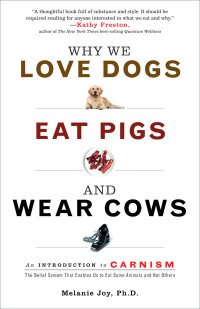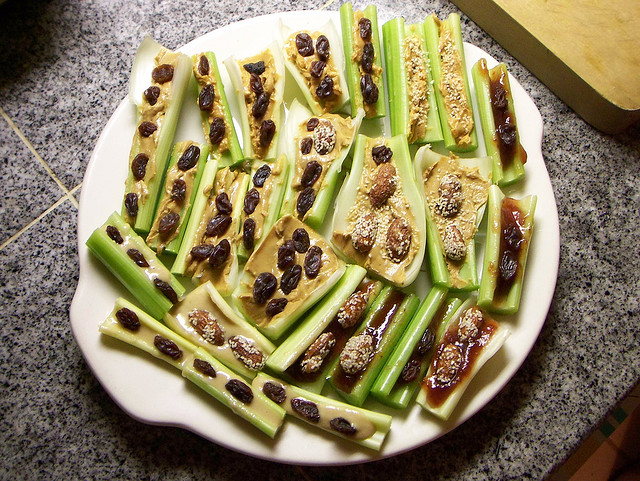Mainstream American culture embraces meat as healthful and even natural. Well, we’ve learned that industrially produced meat is not safe for us or the planet, but can’t we still believe that meat eating is natural?
Not according to Melanie Joy, Ph.D., who received her doctorate in psychology for researching the beliefs that we engage in when we tuck into a steak or a drumstick. Turns out that a concerted campaign keeps us ignorant of what goes on in factory farms and slaughterhouses. Recently, several states almost passed laws making it a crime to take pictures at such places. Undercover videos have revealed ghastly conditions and practices there. Not so secret any more! And big meatpackers tried to keep us in ignorance.
Enter Melanie Joy. She focuses on us, the consumers, and what makes us vulnerable to the ad campaigns (happy cows in green pastures…. not!) and cultural habits (barbecuing in the summer) that keep the meat industry going.
Full disclosure: I was one of Melanie’s dissertation advisors, so I’ve seen the research and her analysis in all its detail. Since graduating, Melanie has continued her work and published a really cool book, “Why We Love Dogs, Eat Pigs, and Wear Cows.” Contrary to what you might think, it’s not a shock-filled expose but a very gentle, kind guide to awakening to our thinking habits. What we do after that is up to us.
Melanie Joy will be speaking next Tuesday, August 23, at 6.30 pm at the Unitarian Universalist Center at 1187 Franklin St (at Geary Blvd) in San Francisco. Personally, I can’t wait!




